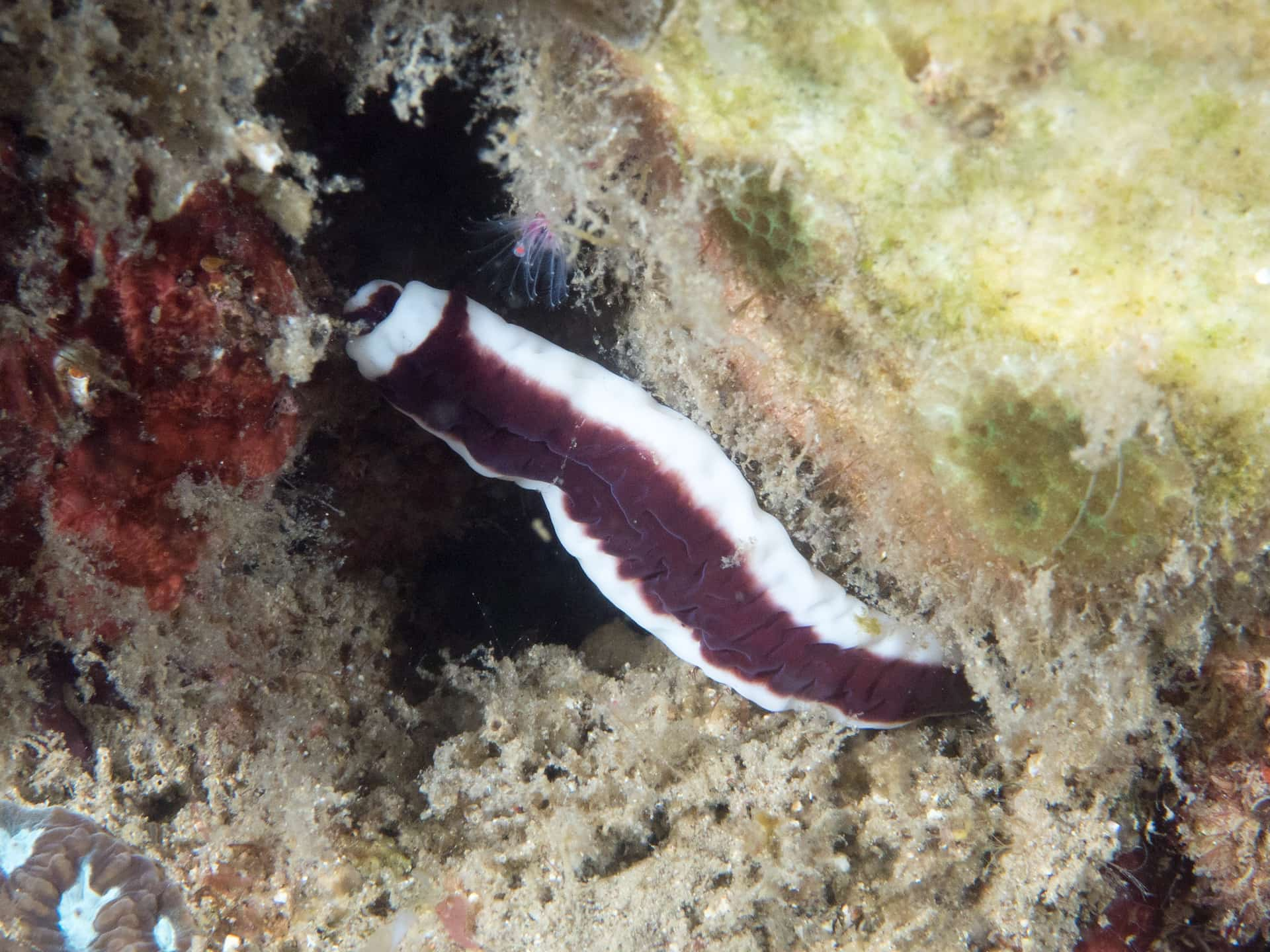Fantastic Facts About Ribbon Worms
Find out what makes ribbon worms so special

Our ocean is full of bizarre and fascinating animals. Some, like the gummy squirrel, resemble creatures outlandish enough for Willy Wonka’s factory. But others are strikingly similar to the critters we encounter daily. Take Nemertea, commonly known as “ribbon worms.” Many animals in this phylum will remind you of the earthworms crawling in your garden. However, once you dive in, you’ll notice that ribbon worms are truly unique and amazing animals.
Habitat
There are more than 900 species in the ribbon worm phylum, and while some inhabit land and freshwater, the majority are found in the ocean. These worms thrive in nearly all oceanic habitats and depths—from the deep ocean to the Arctic to the Great Barrier Reef. Most ribbon worms are bottom dwellers and prefer to spend their time under rocks, sand and mud.
Get Ocean Updates in Your Inbox
Sign up with your email and never miss an update.
Body Structure
Ribbon worms come in a diverse range of colors and sizes. These soft-bodied invertebrates can be as small as a few millimeters, while others, like the bootlace worm, can grow nearly 100 feet long. Unlike annelids, ribbon worms are not segmented. They also have complete gut, circulatory and nervous systems. They are covered in a layer of slime and can expand and contract their bodies to great lengths, enabling them to slip through rocks, sand and mud to evade predators.
Perhaps the most fascinating feature of the ribbon worm is its proboscis, a unique feeding appendage that can be extended and retracted into its body cavity. Ribbon worms have two types of proboscises: “Enopla”—meaning dagger-like proboscis, and “Anopla”—meaning web-like proboscis.
Feeding
When hunting, the ribbon worm extends its proboscis, using it to trap or inject toxins to immobilize its prey. Once the prey is subdued, the ribbon worm retracts its proboscis, bringing the captured food to its mouth for its next meal. Ribbon worms are primarily carnivorous, preying on a variety of small marine organisms, including crustaceans, mollusks and other worms.
Regeneration and Reproduction
Some ribbon worms have remarkable regenerative abilities, if these worms are cut or damaged, they can grow lost body parts. In some cases, entire new worms can form from fragments of the original worm. Ribbon worms that regenerate are very fragile and often split in response to stress. This ability is particularly advantageous for survival in their often-dangerous habitats. While some species can reproduce through regeneration, most ribbon worms reproduce sexually, with males and females releasing sperm and eggs into the water for external fertilization.
Ecological Role
Ribbon worms play an important role in marine ecosystems as both predators and prey. By controlling the populations of smaller invertebrates, they help maintain functional food webs. Additionally, their presence in the food chain makes them a vital food source for larger predators such as fish, seabirds, horseshoe crabs and other worms.
Take Action
Ocean Conservancy is committed to protecting ribbon worms and all marine wildlife from today’s greatest threats to our ocean, from plastic pollution to the climate crisis. But we can’t do it without the help of supporters like you. Visit the Ocean Conservancy Action Center now to see how you can defend our ocean, its wildlife and the communities that depend on it.